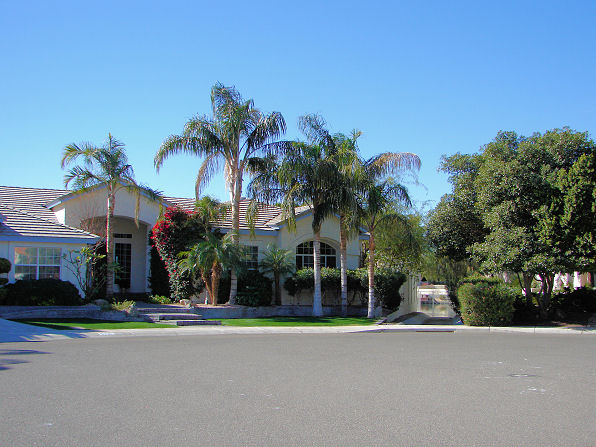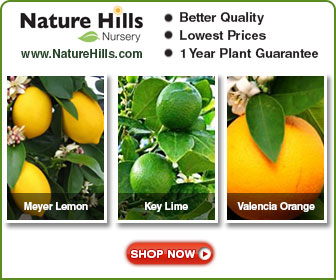Non - Xeriscape.
Common Landscape Plants. Shrubs, Flowers, & Trees.
For The Arizona Desert Environment
Pictures, Photos, Images,
Descriptions, & Reviews.
Queen Palm, Syagrus romanzoffiana.
We Are Proud Of Our SafeSurf Rating!
Click On Any Of The Following Links By Amazon.Com
To View Tools For Desert or Arizona Gardening. No Obligation!
 |
| Queen Palm, Syagrus romanzoffiana. Arrowhead Ranch, Glendale, Arizona. January 21, 2006. |
|---|
 |
| Queen Palm, Syagrus romanzoffiana. Arrowhead Ranch, Glendale, Arizona. January 21, 2006. |
|---|
Queen Palm.
We wish to thank Wikipedia, the free encyclopedia for some of the information on this page. We share images and information with Wikipedia. The queen palm really does strike a regal pose in the landscape. Growing to maximum height of about 50 feet, this plam has a smooth straight grey trunk ringed with evenly spaced leaf scars and topped with a large canopy of feathery plumes. These lacy fronds are a dark glossy green and have double rows of leaflets. These droop to the ground like double rows of fringe to cast shady patterns on the lawn. Informal groupings of three or more queens provides soft filtered sunlight perfect for shade gardens.
During the summer season the queen decks herself out with impressive infloresences (flower structures - photo at left). In early winter she takes on a sporty look when huge amounts of fruit appear. Bright orange 1 inch oval "dates" hang in impressive 6' bunches creating a colorful show. The party's over though when they fall to the ground creating sticky piles of rotting fruit that attract disagreeable insects. On the up side, volunteer seedling palms often grow from the mess if undistubed! Queen palm is tolerant but prefers enriched sandy soils. Fertilize twice a year in spring and summer with a fertilizer that contains micronutrients, especially manganese. A deficiency of this micronutrient results in a condition called "frizzle top" which causes leaves to look frayed and torn. This condition can be corrected by spreading a 1 to 3 pounds of manganese sulphate beneath the palm (amount depends on the size of the tree). With that said; once the condition has shown itself, the likelyhood of recovery is minimal. Native to Brazil, Paraguay and northern Argentina in South America. Queen palm is a beautiful palm that is inexpensive, easy to find and easy to grow. With a little care a small plant will make a dramatic specimen within a few years.
Quick Notes:
Height: Up to about 50 feet.
Flowers: Its flowers, unisexual on dioecious plants, are small, whitish, fragrant, clustered in axillary spadices up to 120 cm long markedly bent downwards by their fruit weight.
Flowering Time: Southern Arizona, March - April. Phoenix Area, April - May.
Fruit & Seeds: Yellow orange when ripe. Up to 1 inch long. ovoid in shape.
Trunks: 2 - 3 foot diameter, brown to gray.
Leaves: The leaves are pinnately compound, 7 to 15 plumose leaves with 150 to 200 leaflets that are lance shaped, and 2 to 3 feet long. The leaves are 10 to 15 feet long, dark green, gracefully arching.
Found: Native to Brazil, Paraguay and northern Argentina in South America. Found throughout Arizona at lower elevations.
Hardiness:
Soil pH requirements:
Sun Exposure:
Elevation: Usually in native habitat from 0 - 5,900 feet. In Arizona usually at 0 - 1,600 feet.
Habitat: Lower elevations where water is available. It grows well in sand, sandy loam, clay and other heavy soils. It needs good drainage and aeration. It is remarkably tolerant of alkali.
Miscellaneous: Flowering Photos Taken At Glendale, Arizona. January 21, 2006. Maintenance: Low. Pool friendly.
|
We Are Proud Of Our SafeSurf Rating!
Click On Any Of The Following Links By Amazon.Com
To View Tools For Desert or Arizona Gardening. No Obligation!
| © 1966 - Present, Audrey, Eve, & George DeLange |





